Results
-
 £38.00
£38.00False Start
False Start features fun melodies that young students will love to play. The piece uses rests effectively to enhance these melodies for beginning bands. Using only the first 6 notes of the Bb scale and basic rhythms, this piece offers a wide range of teachable music performance techniques, including counting, tempo consistency, dynamics, articulations, blend, balance, and style.
Estimated dispatch 12-14 working days
-
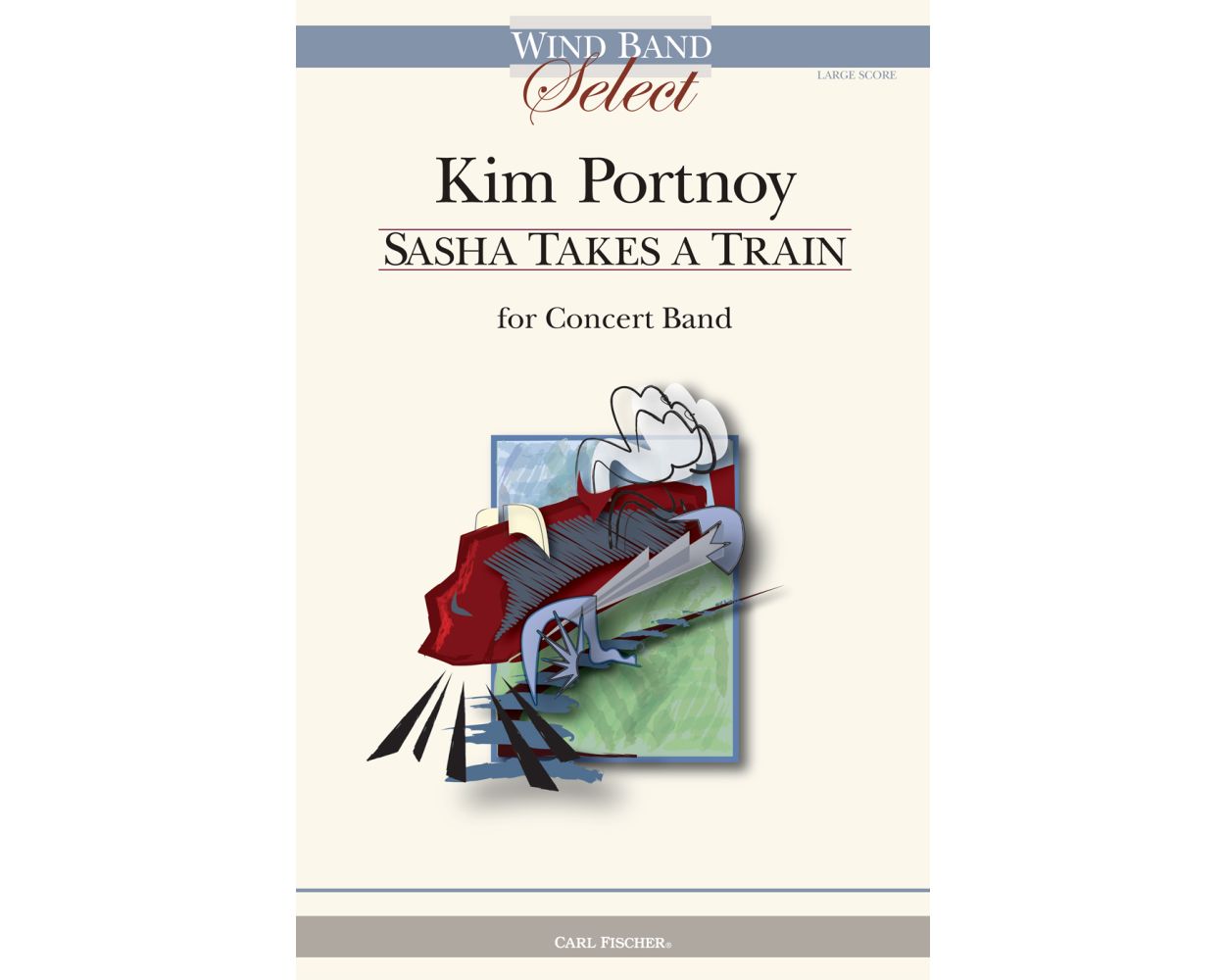 £131.00
£131.00Sasha Takes a Train - Kim Portnoy
This large full score (11" x 17") is available for this entry in our Wind Band Select series at normal discount. Sasha Takes a Train, commissioned by the USAF Band of Mid-America, was inspired by a memorable overnight train ride in Eastern Europe taken by the composer's family. The music is intended to evoke the motion and sounds of the train and the noisy, scary, surprising and joyous character of the journey. Sasha refers to the composer's then 13 month old son Alexander who managed to sleep through much of his first train adventure.
Estimated dispatch 12-14 working days
-
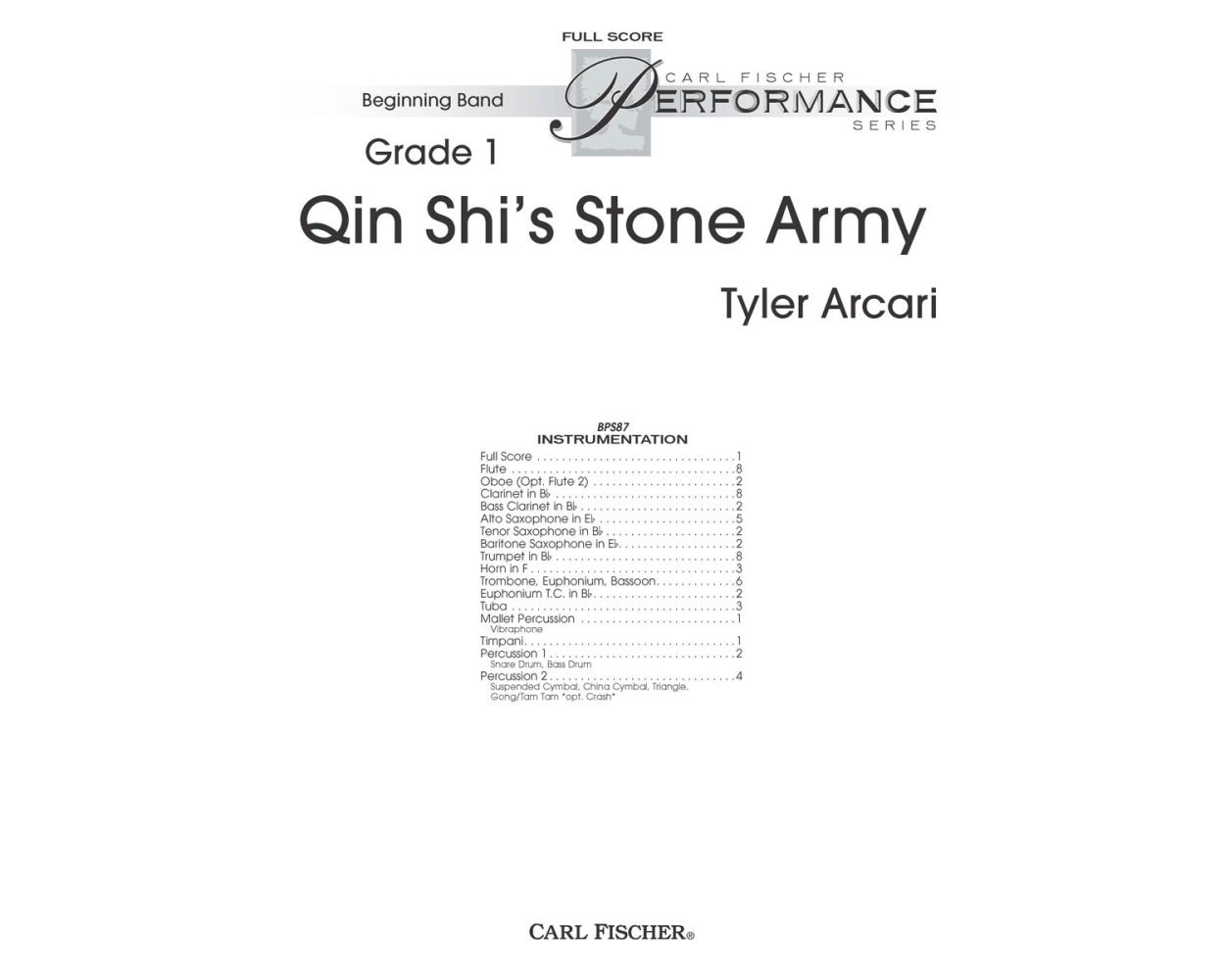 £40.00
£40.00Qin Shi's Stone Army
The Terracotta army that guards the tomb of China's first emperor Qin Shi Huang is nearly 8,000 warriors strong. This new piece for beginning ensembles is set to depict these magnificent stone soldiers. New composer Tyler Arcari draws on his background in music education to bring us a stunning new piece that young band students will love to play. It will sound rich and full, even with less experienced players. In addition to the wonderful music in this piece, there are great opportunities for cross-curricular learning with this contest worthy piece.
Estimated dispatch 12-14 working days
-
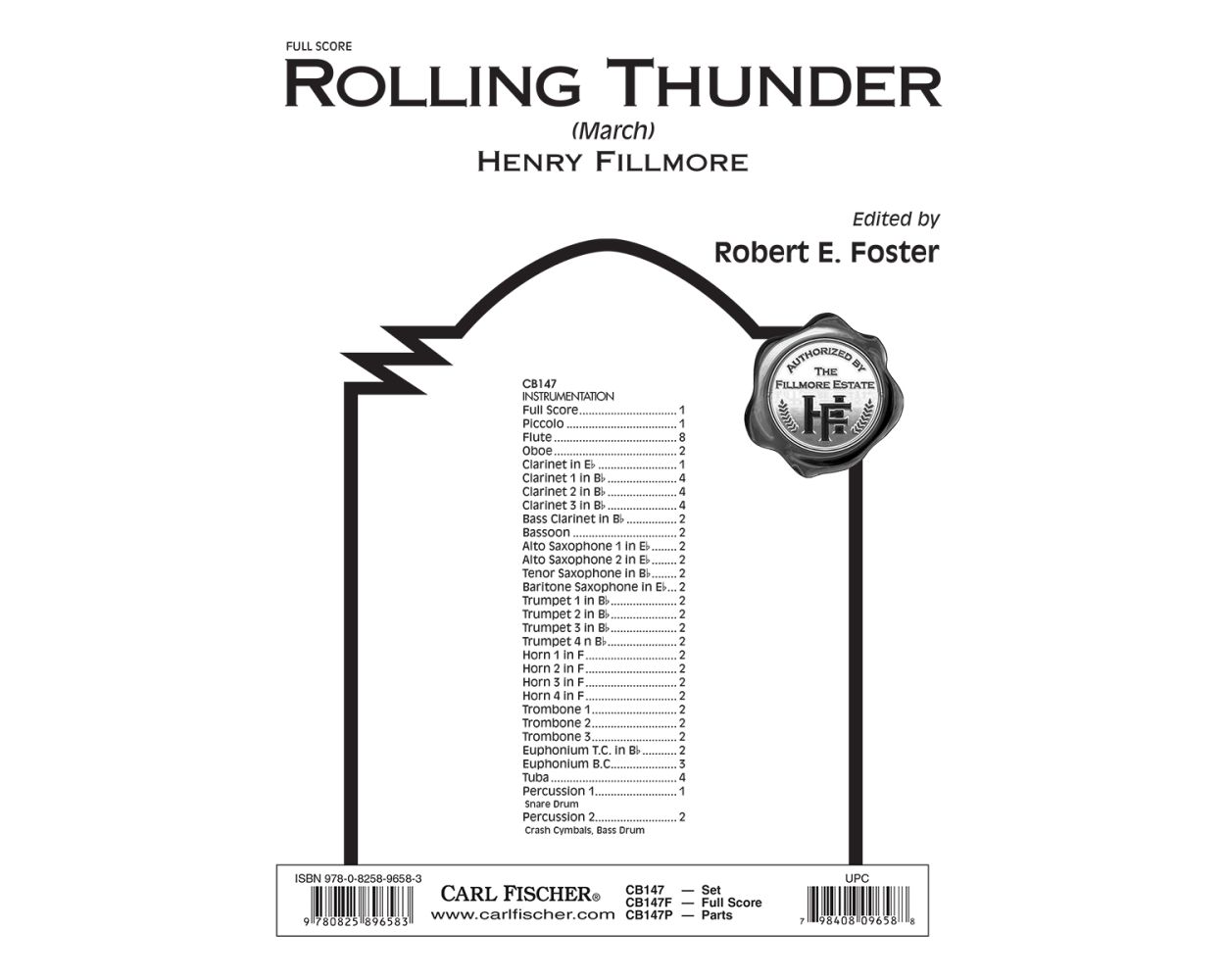 £75.00
£75.00Rolling Thunder - Henry Fillmore
A tour de force from Fillmore, this circus march cranks up the energy from the very first note! Edited by Robert Foster, this piece is available now in an Authentic Fillmore Edition. Your low brass will be smoking at the end of this one!
Estimated dispatch 12-14 working days
-
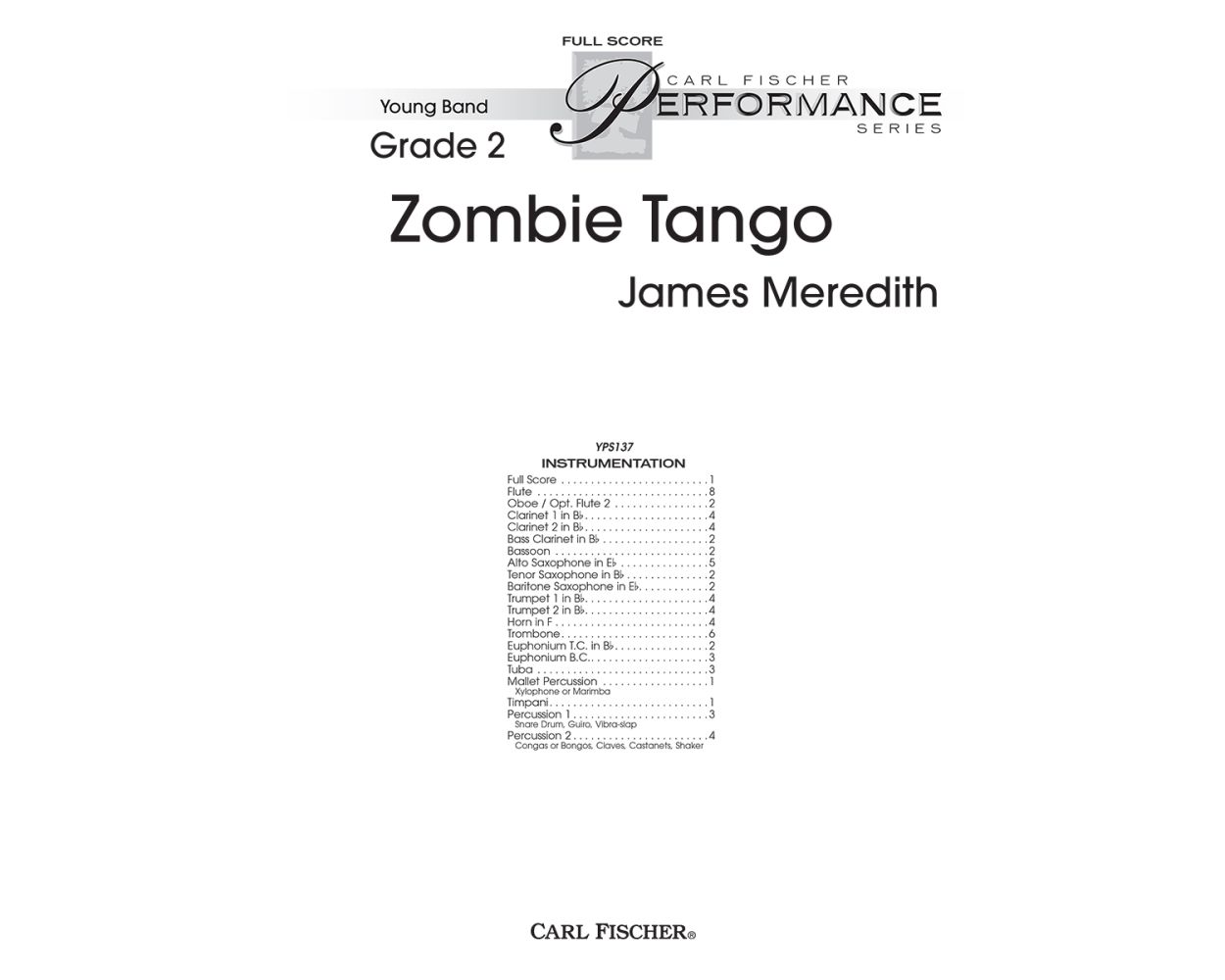 £53.00
£53.00Zombie Tango
Imagine if you will, two zombies dancing a zombie tango and you get the gist of this clever piece for young players. It would make a great Halloween concert piece, or anytime zombie fever is taking over your school. This is the first piece in our catalog by composer James Meredith.
Estimated dispatch 12-14 working days
-
 £49.00
£49.00Dies Natalis
Hanson proclaims the Lutheran chorale of his youth as "the greatest single musical influence in [his] life as a composer." The chorale makes several appearances throughout his catalog, but this seminal band work, first performed in 1972, makes full use of the Dies Natalis in opening statement, five variations, and a finale. For high school bands and above. Dur.: 15'
Estimated dispatch 12-14 working days
-
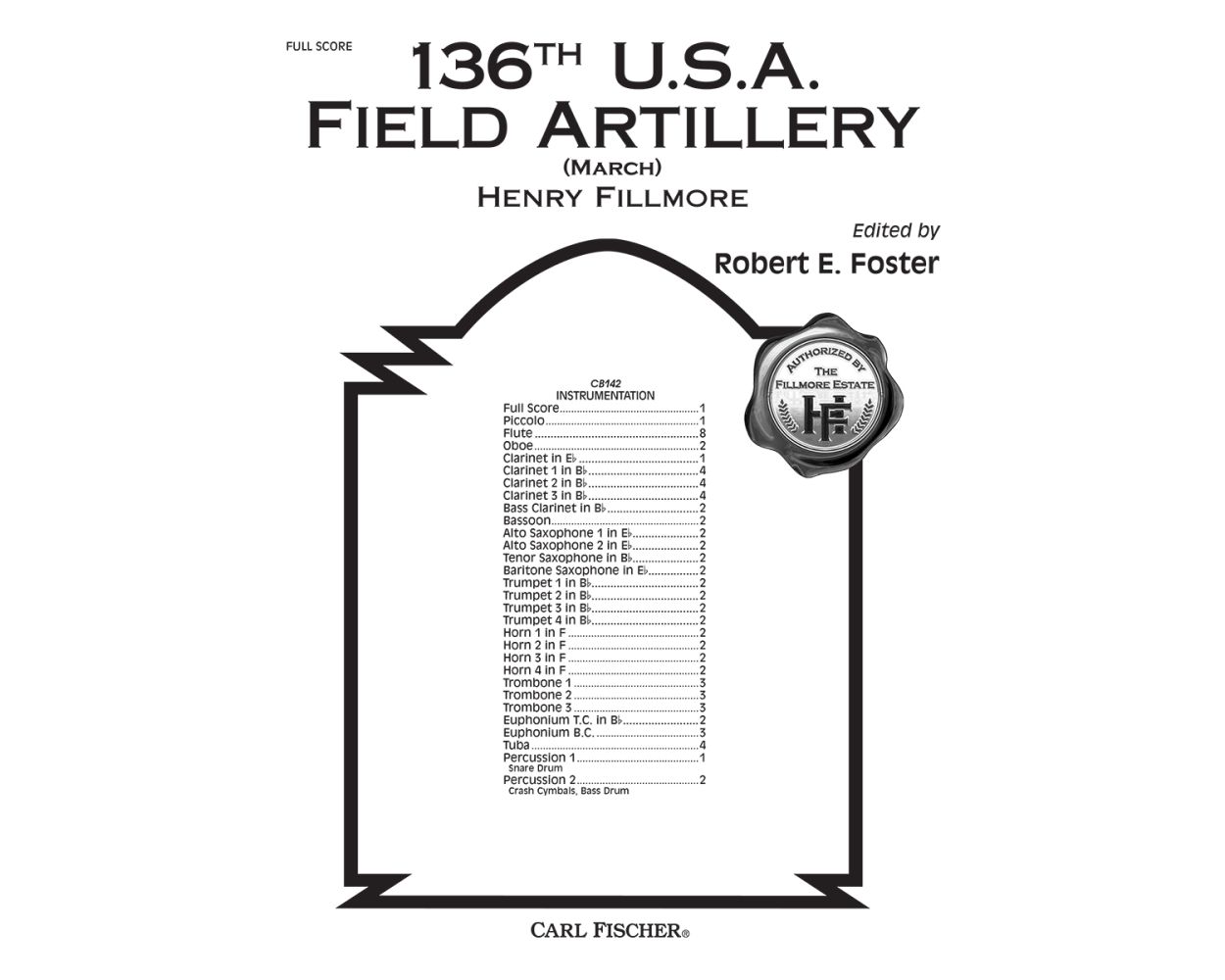 £75.00
£75.00136th U.S.A. Field Artillery - Henry Fillmore
Editor Robert Foster has uncovered another forgotten Henry Fillmore march and restored it to its rightful place in band repertoire. This may be one of the best Fillmore marches we have heard that is for the most part still unknown. Written to stir patriotism during World War I, all of the wonderful Fillmore trademarks are present in this exceptional march. It is tuneful, exciting and well-scored; presented in a full score edition for the first time, exactly as Fillmore intended it to be.
Estimated dispatch 12-14 working days
-
 £38.00
£38.00Quintessence
Composer Joseph Compello draws on his many years of experience teaching beginners to give us an exciting new contest-style piece for very young groups. Quintessence consists of simple rhythms and notes, but is also quite musical, with an aggressive, driving feeling. It's a great way introduce two eighth notes that are repeated. Your first year group will sound more advanced than their years.
Estimated dispatch 12-14 working days
-
 £53.00
£53.00The Voyage
At first lush and mysterious, then light and uplifting, The Voyage begins. Newcomer George Sweet brings us some invigorating ideas and harmonic treatments, as well as shifting rhythmic feels from 4/4 to 3/4 time. There is some great interplay between various sections of the band that changes from light woodwind sounds to strong brass interjections. George is a composer to watch in the years to come.
Estimated dispatch 12-14 working days
-
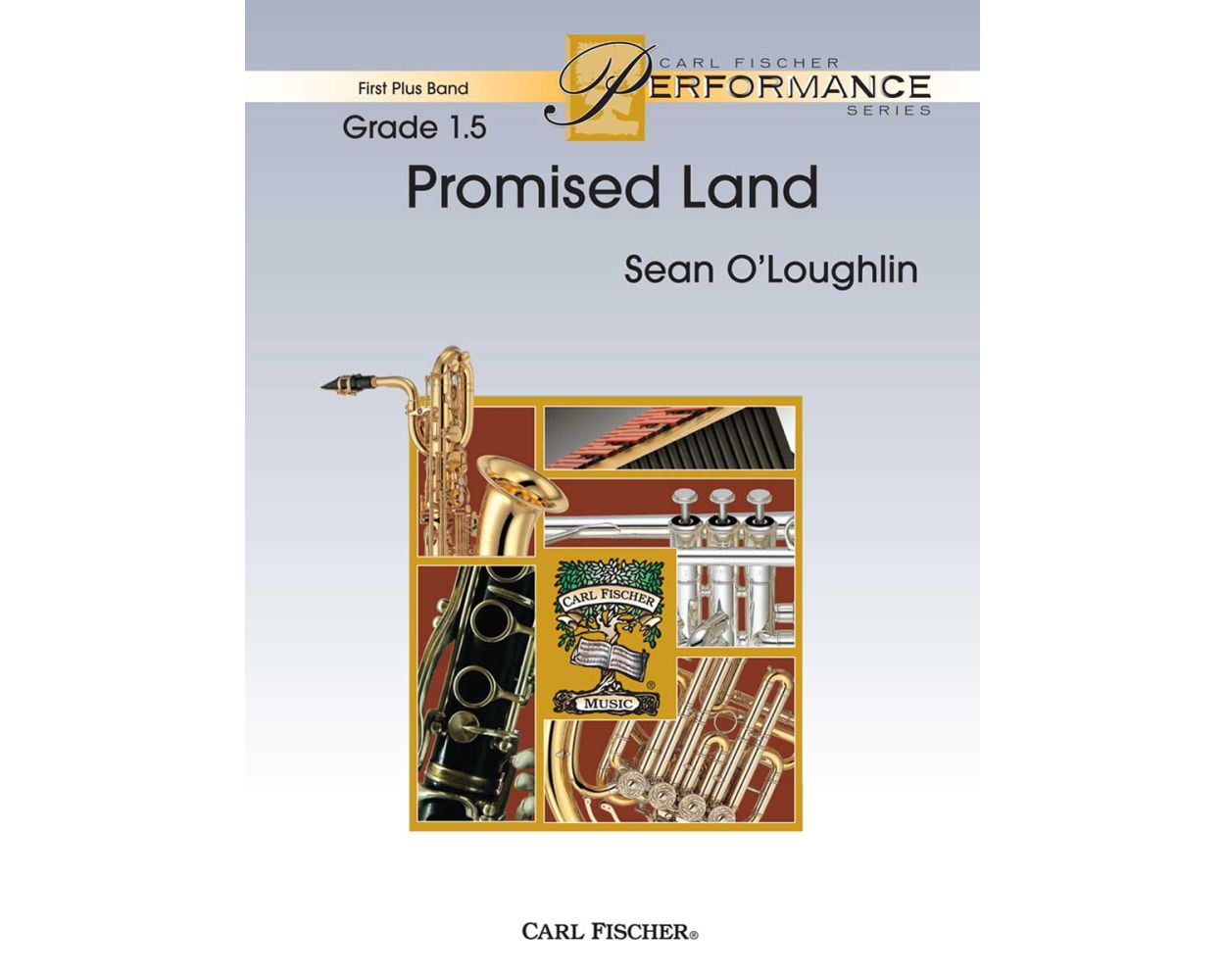 £44.00
£44.00Promised Land
Promised Land is a serious-sounding, new piece for the developing band that sounds much more difficult than it plays, allowing your students to show off while remaining at their ability level. The title has its roots in the ideals of John Humphrey Noyes, who founded the Oneida community in the late 1840s. He built a thriving agricultural and spiritual community that became his "promised land." The music depicts the struggles and triumph of those first settlers in the area, who worked the land and fought for their ideals through much persecution. Promised Land contains all of the rhythmic interest and memorable motives that Sean's music is so known for. It is also an excellent choice for contest/festival.
Estimated dispatch 12-14 working days
